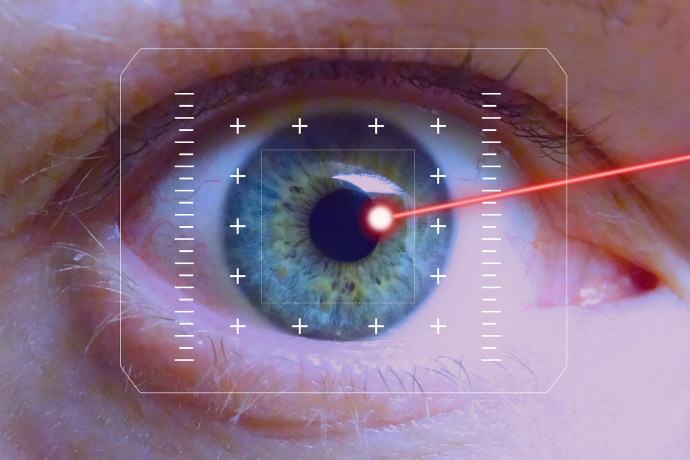It may sound like something straight out of a science fiction novel, but lasers are now widely used in the medical field. Lasers allow doctors to make extremely precise cuts and can even be used to diagnose issues like high cholesterol. Here are some common ways they’re used in the medical field.

Cholesterol Testing
Traditional cholesterol tests can tell you how much good and bad cholesterol is present in your blood. Testing takes a few days, however, and isn’t particularly cost-effective. To speed test results and get them for less money, lab workers sometimes use laser system. In this test, technicians introduce fluorescent markers to the blood sample where they bind with cholesterol. By shining a laser light into the sample, doctors can easily see the fluorescing cholesterol. Based on how much it fluoresces, they can also tell whether they’re looking at good or bad cholesterol.
Eye Care
In ophthalmology, lasers can both detect and treat eye diseases. Passing a laser across the eye allows doctors to create a 3-D map of the eye. Viewing this map can make it easier to identify subtle changes wrought by certain eye diseases and disorders. Ophthalmologists also use lasers to treat eye disease like cataracts and improve vision through LASIK eye surgery.
Tattoo Removal
Tattoo ink is a foreign substance, so your immune system would destroy it if it could. The molecules that comprise tattoo ink are too big, however, and your body is unable to break them down, making the tattoo permanent. To remove tattoos, technicians use laser light to weaken the ink molecules and make them smaller. Once the ink breaks down enough, your body gets to work on eliminating these smaller, more manageable ink molecules.
Oral Surgery
Like ophthalmologists, dentists have embraced laser technology in their practices. Laser light is easy to direct and control, allowing dentists to remove damaged tissue or bacteria without impacting the surrounding area. Procedures like pocket cleaning around the teeth require much less anesthesia than deep cleaning performed with older dental tools. Lasers minimize discomfort during certain procedures and greatly decrease healing time after others.
Acupuncture
Acupuncture uses small needles to pierce the skin and stimulate nerves and muscles. The needles acupuncturists use are tiny, but many people don’t like needles, regardless of their size. If you’re one of them, consider laser acupuncture instead. In this procedure, laser light is sent to the body through a fiber optic tube held against the skin. The light penetrates and enters your body, acting as an acupuncture needle without piercing the skin.
Lasers have many other medical uses as well and are continually changing how doctors approach their work. There have already been several medical advances thanks to laser technology, and there are likely many more to come.

